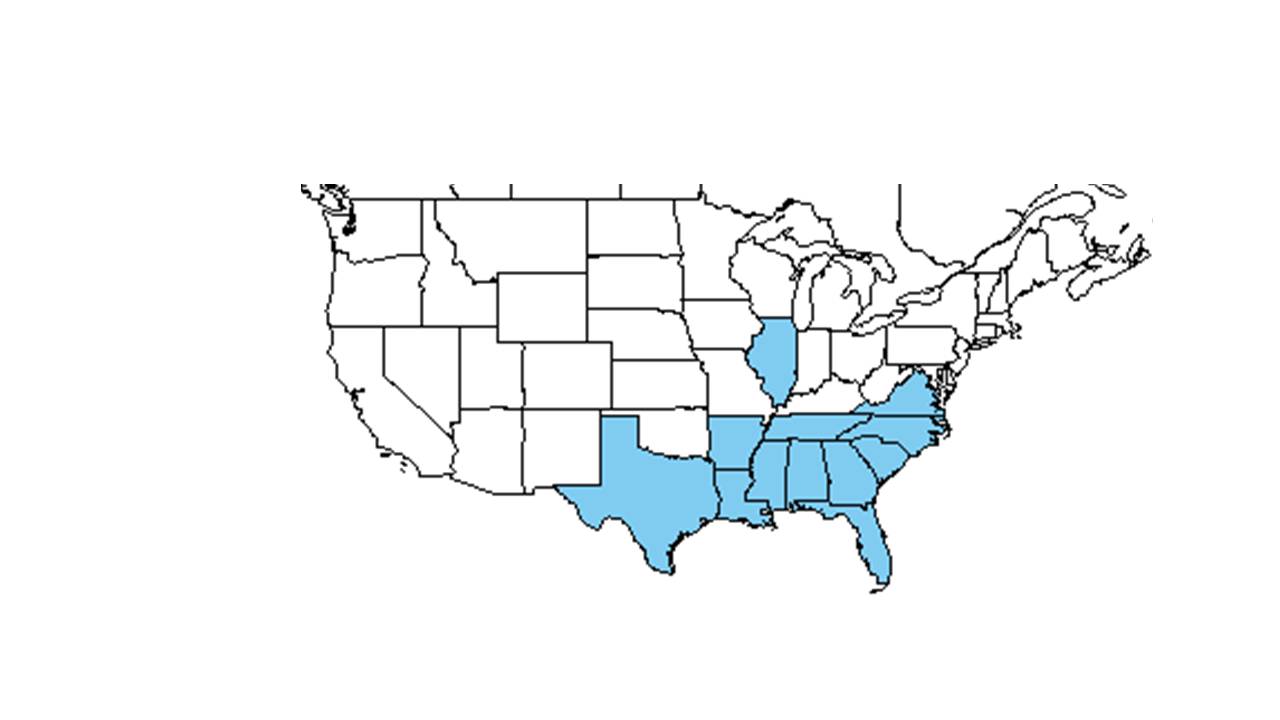Difference between revisions of "Phyllanthus urinaria"
KatieMccoy (talk | contribs) |
KatieMccoy (talk | contribs) |
||
| Line 26: | Line 26: | ||
==Ecology== | ==Ecology== | ||
===Habitat=== <!--Natural communities, human disturbed habitats, topography, hydrology, soils, light, fire regime requirements for removal of competition, etc.--> | ===Habitat=== <!--Natural communities, human disturbed habitats, topography, hydrology, soils, light, fire regime requirements for removal of competition, etc.--> | ||
| − | In natural habitats ''P. urinaria'' has been documented to grow abundantly in hammock clearings, fallow fields, and | + | In natural habitats ''P. urinaria'' has been documented to grow abundantly in hammock clearings, fallow fields, and amongst Fabaceae patches near ponds. In human disturbed areas it can be observed growing in the moist soil of fire lanes, lawns, depressions along roads, city parks, and old plantations (FSU Herbarium). Soil types observed include moist sandy loams, moist loam, and peaty sandy soils (FSU Herbarium). |
''Physalis angulata'' is an associated species (FSU Herbarium). | ''Physalis angulata'' is an associated species (FSU Herbarium). | ||
Revision as of 10:27, 18 September 2015
| Phyllanthus urinaria | |
|---|---|

| |
| Scientific classification | |
| Kingdom: | Plantae |
| Division: | Magnoliophyta - Flowering plants |
| Class: | Magnoliopsida – Dicotyledons |
| Order: | Euphorbiales |
| Family: | Phyllanthaceae |
| Genus: | Phyllanthus |
| Species: | P. urinaria |
| Binomial name | |
| Phyllanthus urinaria L. | |

| |
| Natural range of Phyllanthus urinaria from USDA NRCS Plants Database. | |
Contents
Taxonomic notes
Common name: chamber bitter
Description
Distribution
Ecology
Habitat
In natural habitats P. urinaria has been documented to grow abundantly in hammock clearings, fallow fields, and amongst Fabaceae patches near ponds. In human disturbed areas it can be observed growing in the moist soil of fire lanes, lawns, depressions along roads, city parks, and old plantations (FSU Herbarium). Soil types observed include moist sandy loams, moist loam, and peaty sandy soils (FSU Herbarium).
Physalis angulata is an associated species (FSU Herbarium).